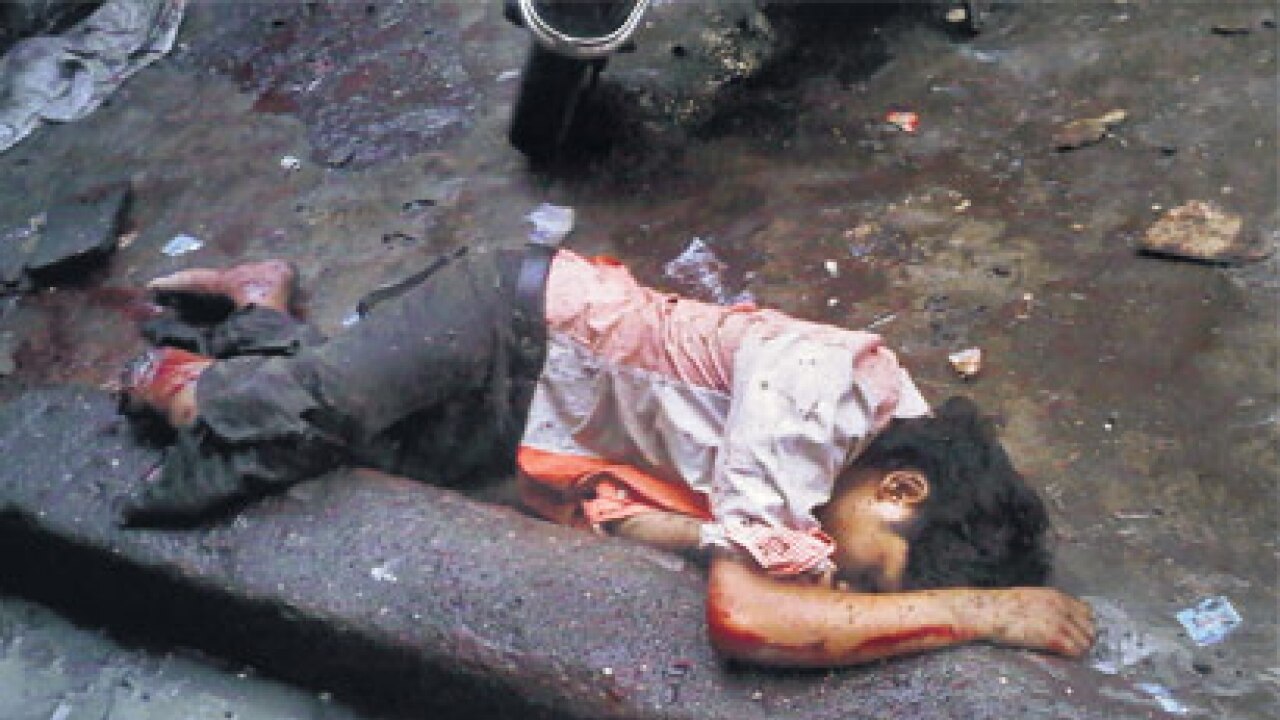
Newspapers taught me how to read. Every morning, struggling with each word, I would piece together what was happening in my city, my country, and try to relate to it. A newspaper was always a friend to me. The first time I felt this friend was showing his darker side was when a mentally unstable man, Uzer Patel, stabbed Manipur resident Leishichon Lenchen Shaiza to death and critically injured her friend Ngakuimi Raleng and a photographer captured the act as it happened for a national daily to splash it across the front page. I remember being terrorised, deeply disturbed.
After that event, blood appeared regularly in the papers. After a point, it stopped disturbing me. Much like a spot on the body wounded far too often to hurt anymore.
Living in Mumbai, I have seen bomb blasts and terrorist attacks far too often. 1992, 2005, 2008 aren’t just years. They are often reminders, painful ones, of the fact that I was lucky enough to be alive and that there were thousands who weren’t as lucky. They were at the wrong place at the wrong time. Every time terror has been unleashed upon my city, it has hurt. It has deeply saddened, angered and frustrated me. The fact that a mutilated body finds prominent place on the front page of the newspaper I work for adds to this anger and frustration.
The purpose, I am told, is to tell people about the intensity of the situation, to bring the death and devastation into people’s living rooms to awaken them, shake them out of their comfort zones. But at what cost are we doing this?
The shock threshold of people is increasing and to awaken them we push it further. But what about the school-going child who might try to read the paper out of curiosity? What would her reaction be? Would it make her more aware of the brutality of the situation? Or would it just numb her beyond understanding how serious death is?
What about that person who lost a loved one in this blast, or any other one for that matter? Do they need a reminder of just how brutally their loved one lay murdered on the street?
My colleagues were at the sites and worked extremely hard to bring out the facts, figures and information about the unfortunate event. I don’t mean to discredit their efforts, but it pains me to think about the emotional repercussions of this picture.